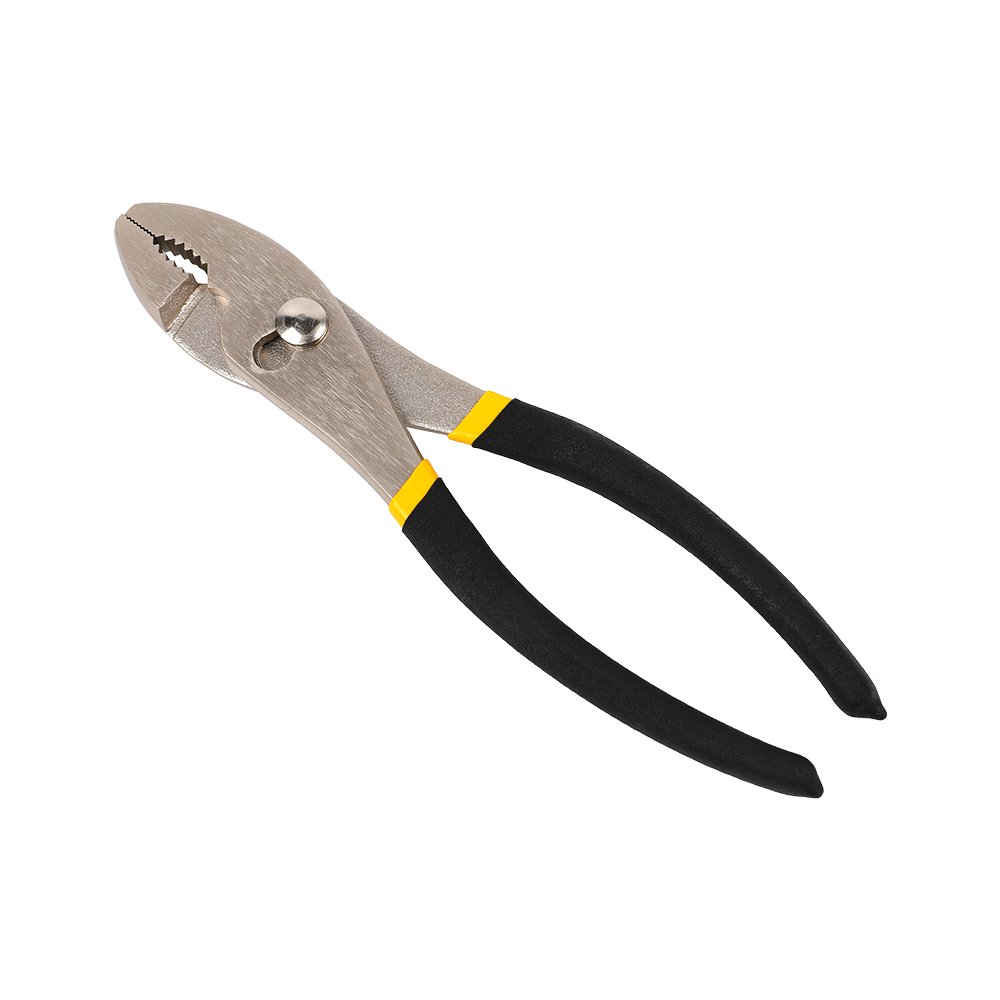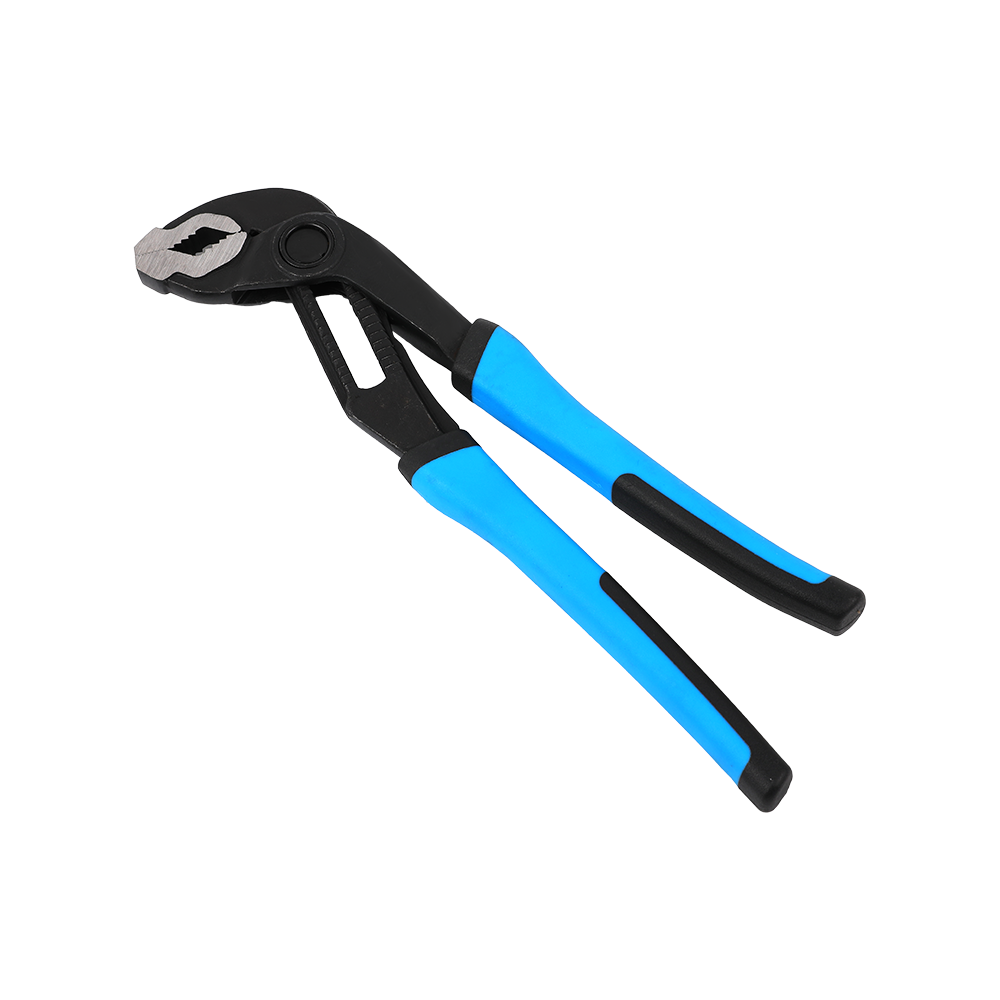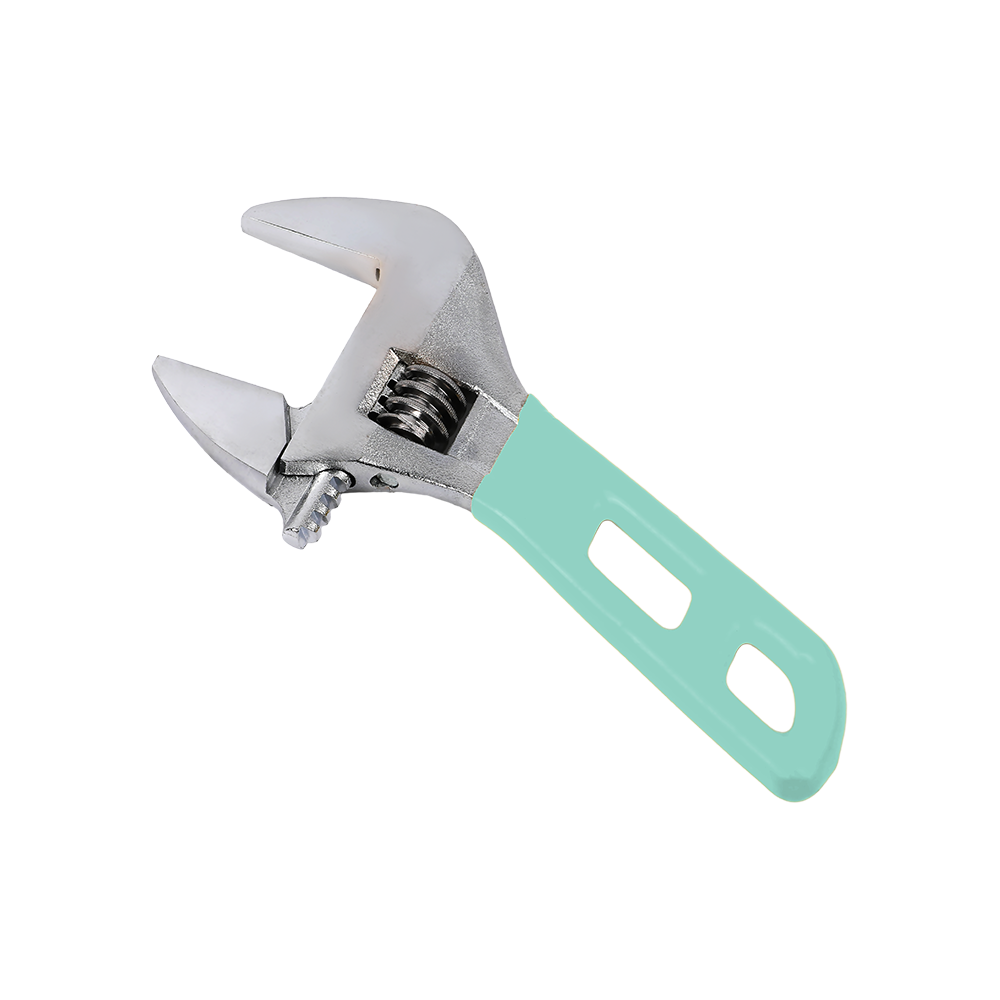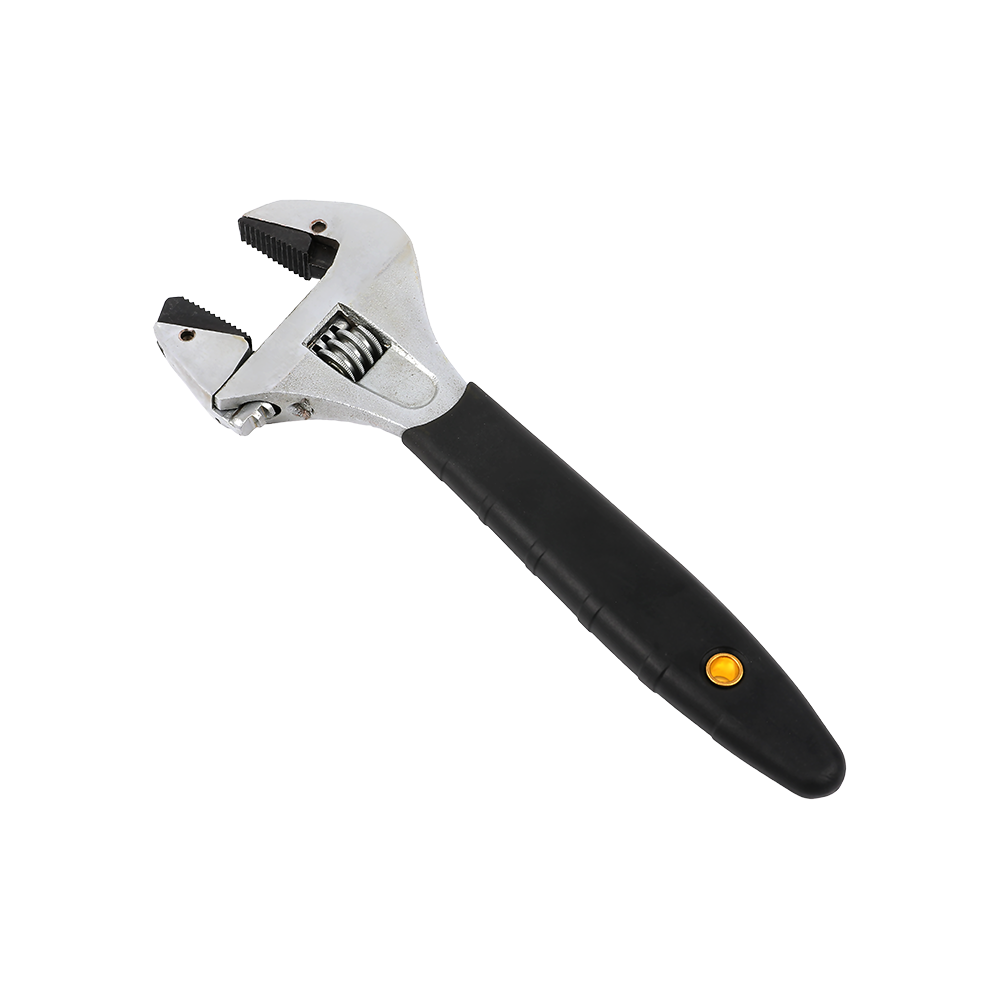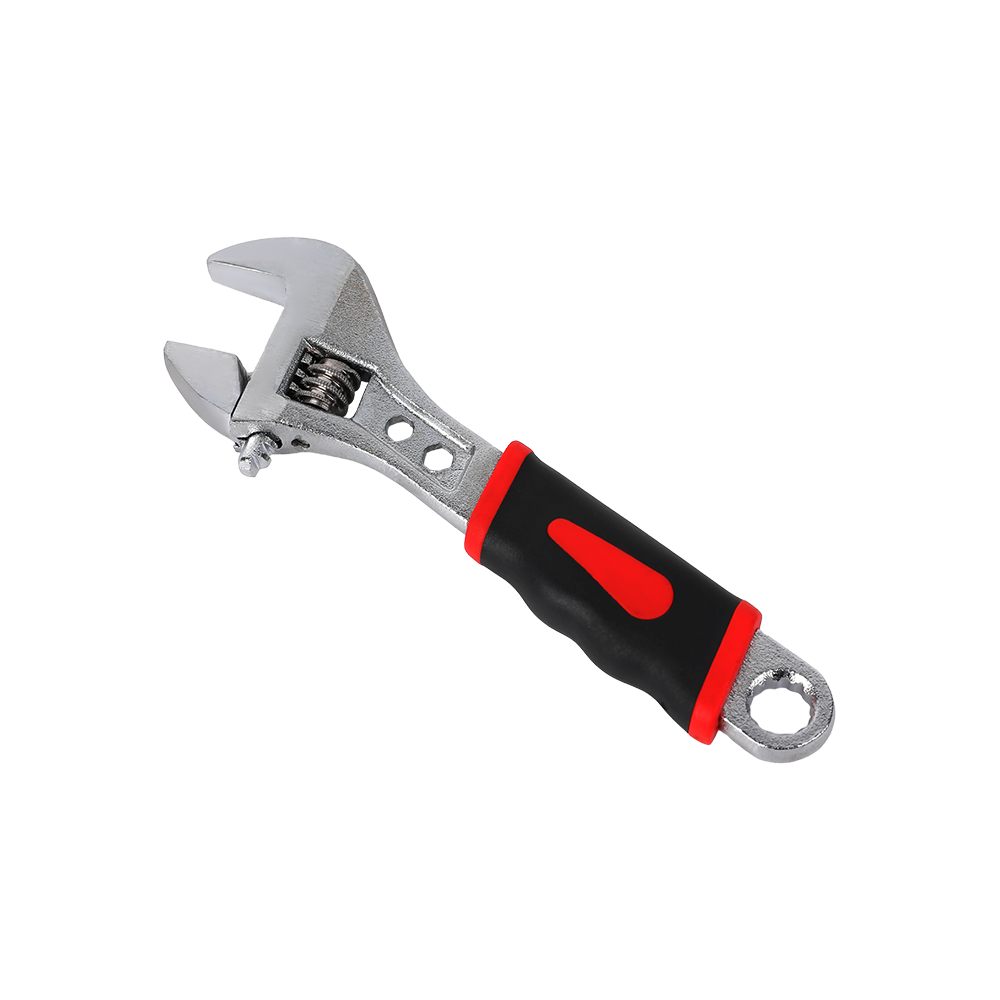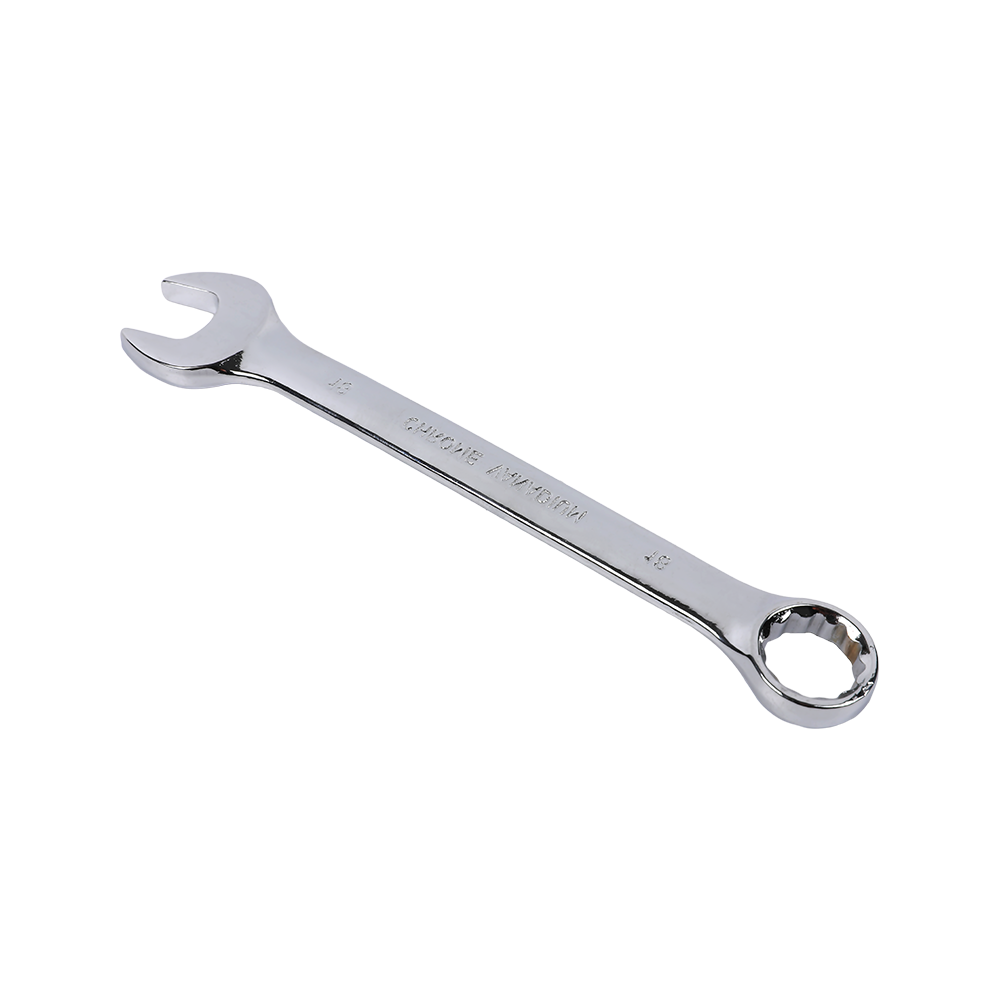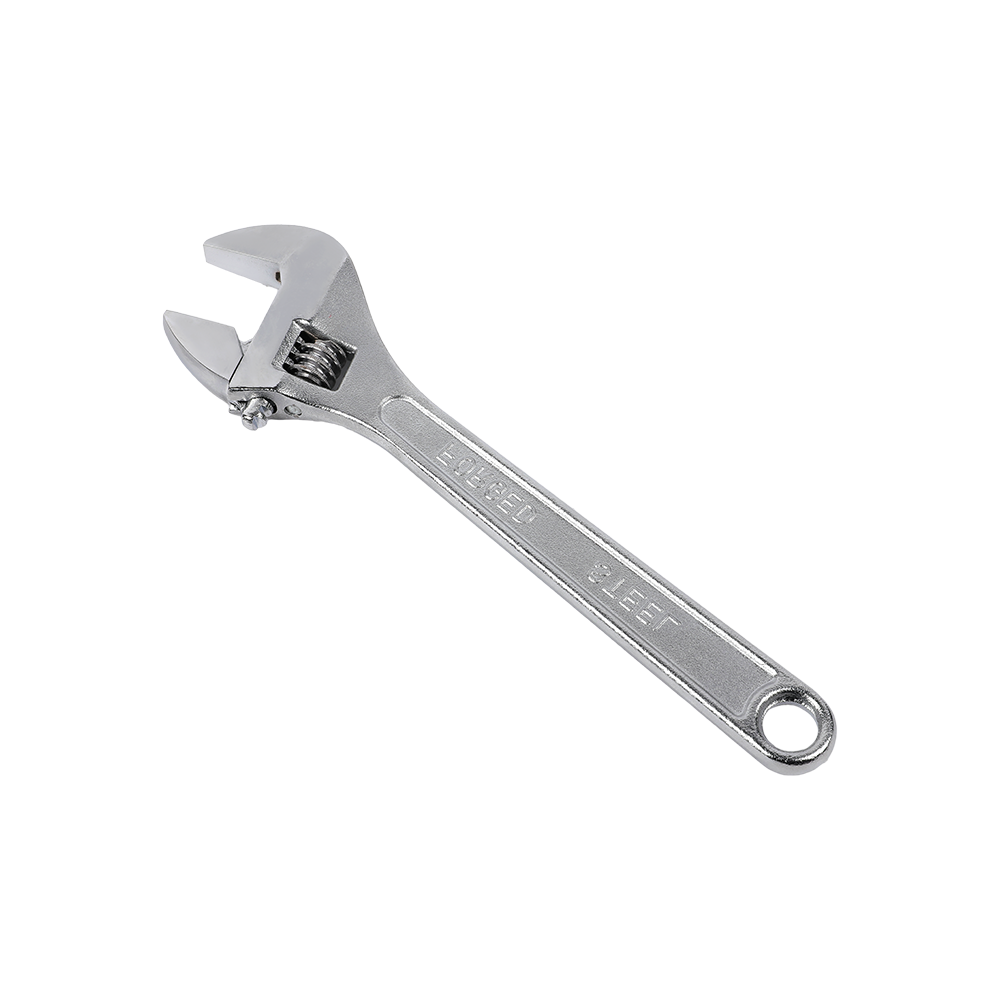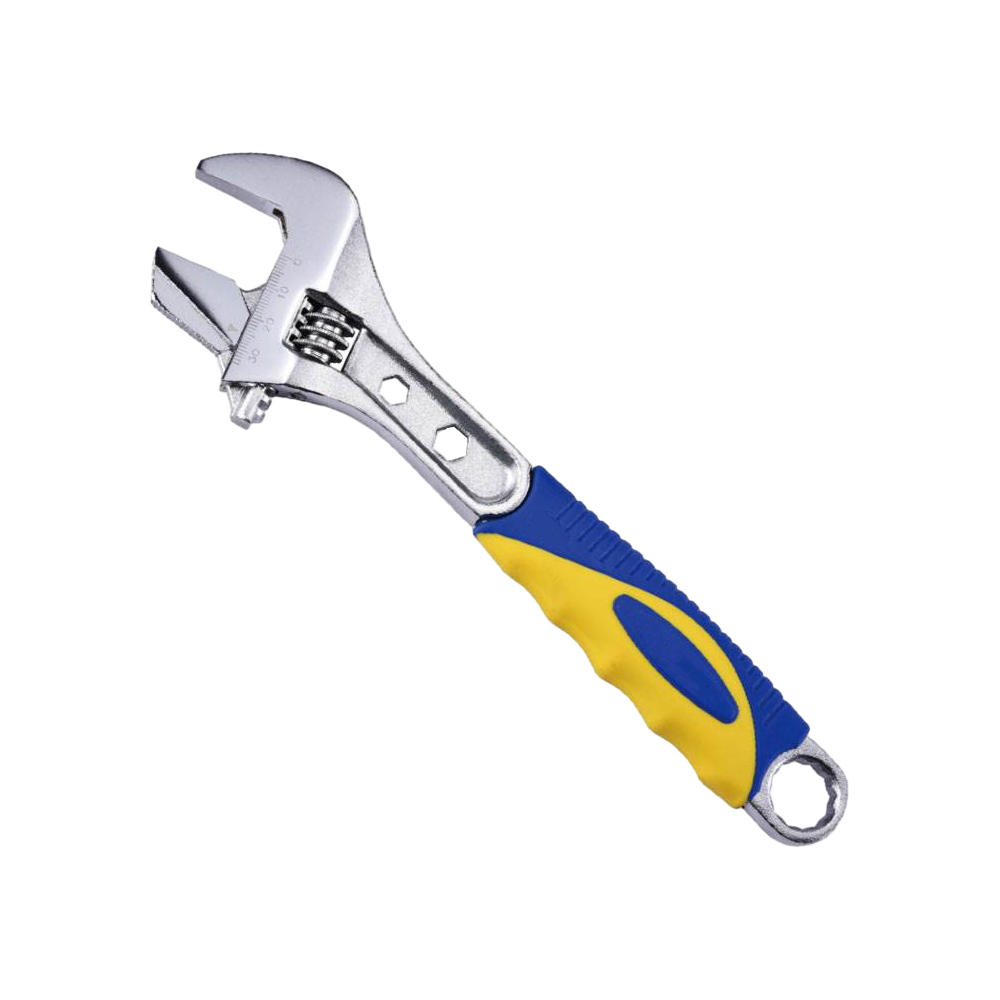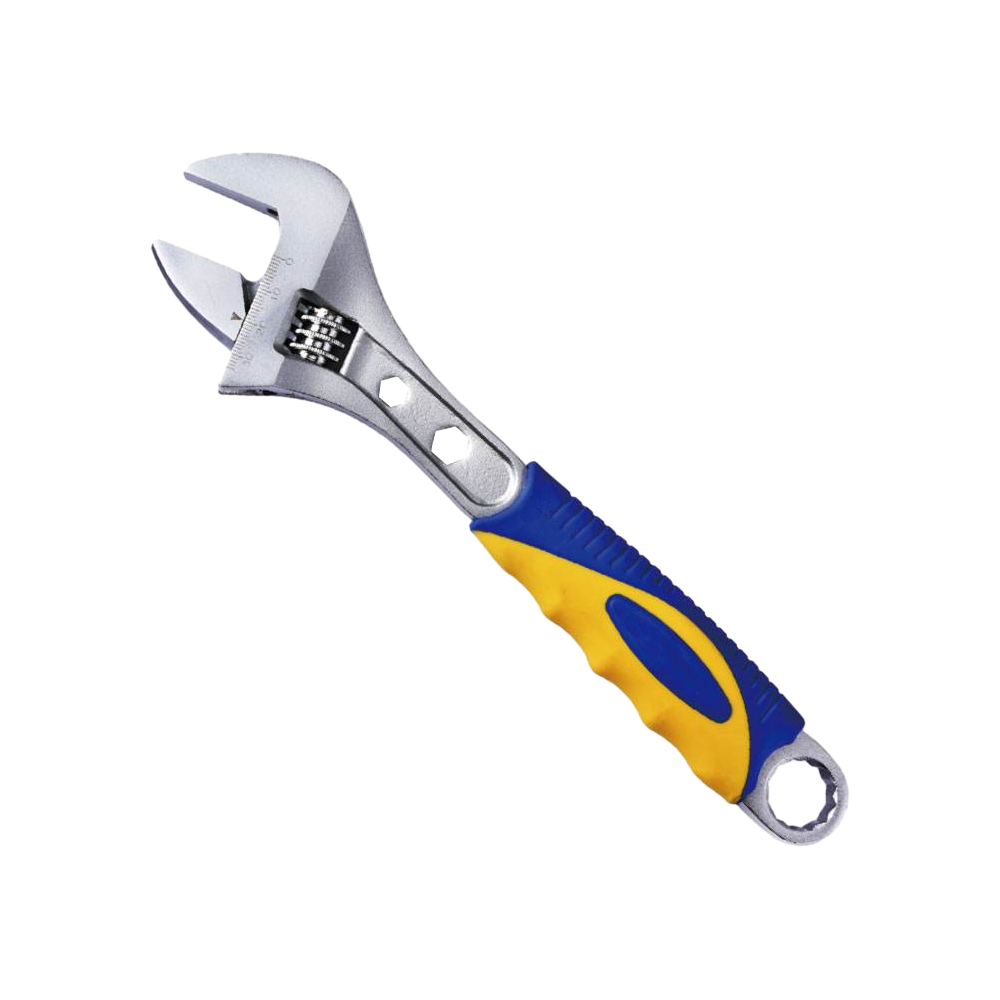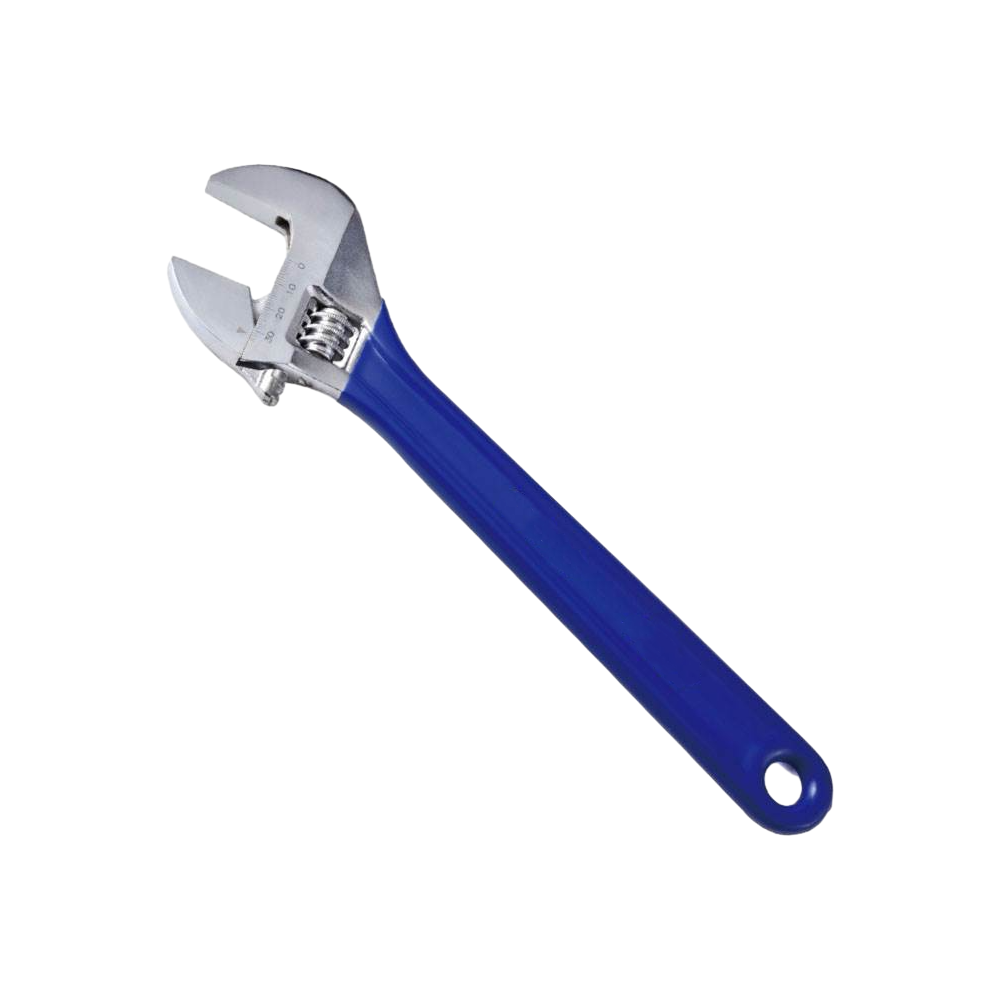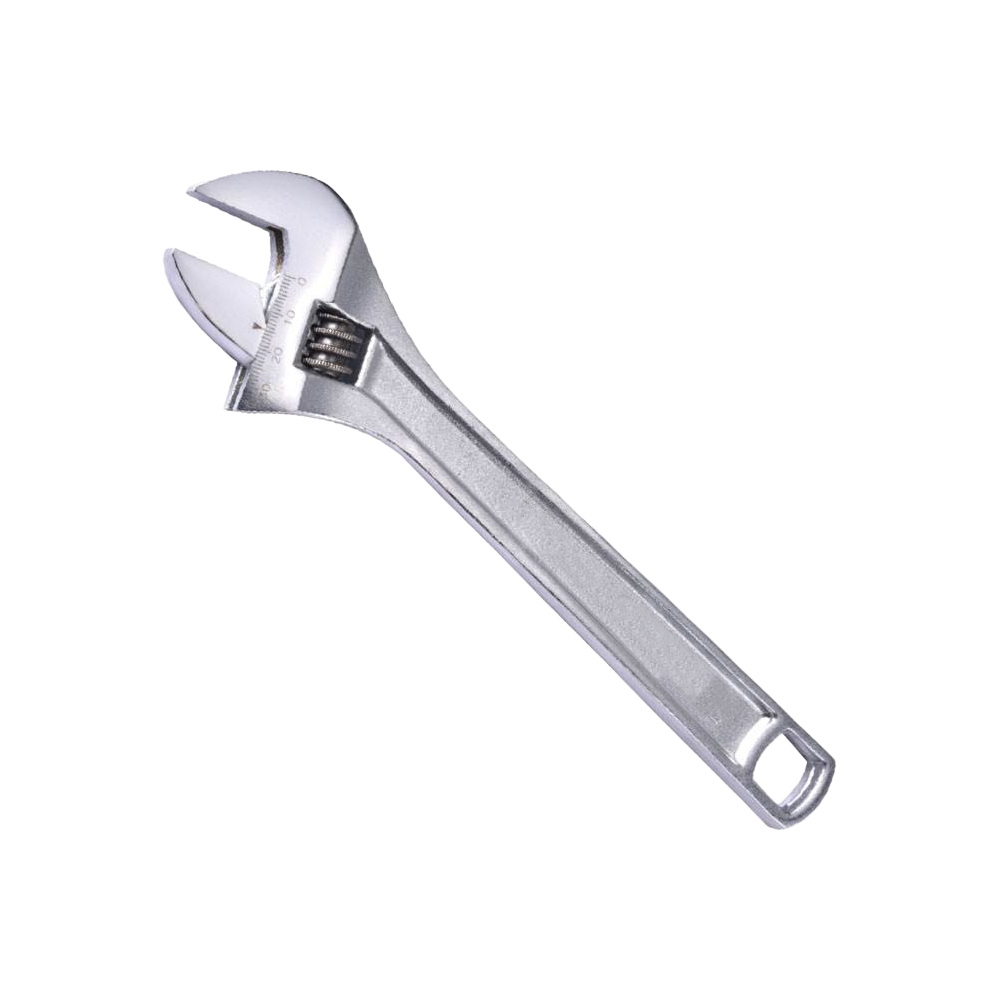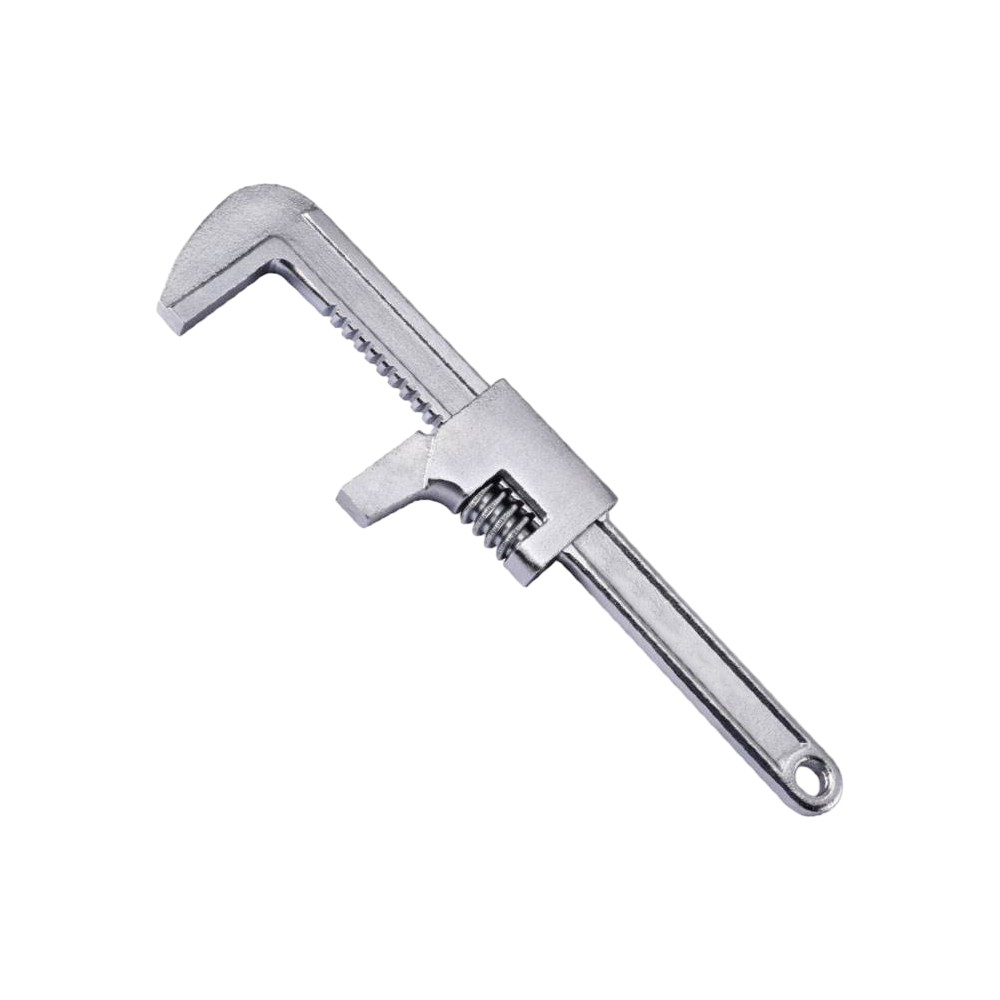How does the dip-molded handle protect your safety every time you operate?
Dip-molding, a process of evenly coating molten plastic on the surface of metal or other substrates, has occupied a place in the field of tool manufacturing with its unique advantages since its birth. The dip-molded handle is a clever application of this technology in tool design. Through the dip-molding process, the metal handle that may become slippery due to moisture or oil is replaced by a tough and non-slip plastic coating. This transformation has far-reaching significance for improving the safety and use experience of the tool.
The biggest highlight of the dip-molded handle is undoubtedly its excellent anti-slip performance. This performance is achieved thanks to the special properties of the plastic material itself. The interaction force between plastic molecules allows the plastic surface to produce a certain deformation when subjected to external force, thereby increasing the contact area and friction between the plastic surface and the hand skin. This feature allows the handle surface to maintain a low friction coefficient even in a humid or oily working environment, effectively preventing the user's hand from slipping.
For users who need to hold the wrench for a long time or use it in high-intensity operations, the anti-slip performance of the dip-molded handle is particularly important. Long-term work makes hands sweat easily. In addition, there may be unfavorable factors such as oil and water stains in the working environment. Traditional metal handles often cannot provide enough friction, resulting in unstable grip, which in turn causes safety hazards such as operational errors or tool slippage.
The dip-molded handle effectively solves this problem with its excellent anti-slip ability. Whether it is a hot summer day, a humid rainy day, or facing the challenge of oil stains, the dip-molded handle can maintain a stable grip, allowing users to perform every operation with peace of mind and confidence. This stability not only reduces operational errors caused by unstable grip, but also avoids accidental injuries caused by tool slippage, greatly improving the safety factor of the operation.
In addition to improving safety, the anti-slip performance of the dip-molded handle also provides additional comfort for users who work for a long time. Holding metal tools for a long time can easily make the hands feel tired and uncomfortable, while the soft texture and anti-slip design of the dip-molded handle can effectively disperse the pressure on the hands, reduce the friction and pressure when the hands are in direct contact with the metal, thereby reducing the user's fatigue and improving work efficiency.
The dip-molded handle also has good heat insulation performance. In operations that require contact with high-temperature objects, the dip-molded layer can effectively isolate heat and protect the user's hands from burns. This feature makes the dip-molded adjustable wrench more popular with users in industries such as electrical maintenance and auto repair that require frequent contact with high-temperature parts.
It is worth mentioning that the dip-molded technology not only improves the performance of the tool, but also reflects the concern for environmental protection and sustainability. Plastic coatings usually use environmentally friendly materials such as polyethylene (PE) and polypropylene (PP). These materials have excellent weather resistance and chemical stability, can maintain stable performance during long-term use, and reduce the impact on the environment. At the same time, the dip-molded process itself also has a high resource utilization rate and low energy consumption, which meets the requirements of modern industry for green production.
With the advancement of science and technology and the continuous improvement of people's requirements for tool performance, the design and technology of the dip-molded handle are also constantly innovating and developing. In the future, we can expect the dip-molded handle to achieve further improvements in anti-slip performance, comfort, durability and environmental protection. For example, by introducing new plastic materials, the wear resistance and anti-aging performance of the handle can be improved; by optimizing the dipping process, a more refined and uniform coating distribution can be achieved; and by adding personalized design to the handle, the usage habits and needs of different users can be met.
-
Feedback
 English
English русский
русский Español
Español
